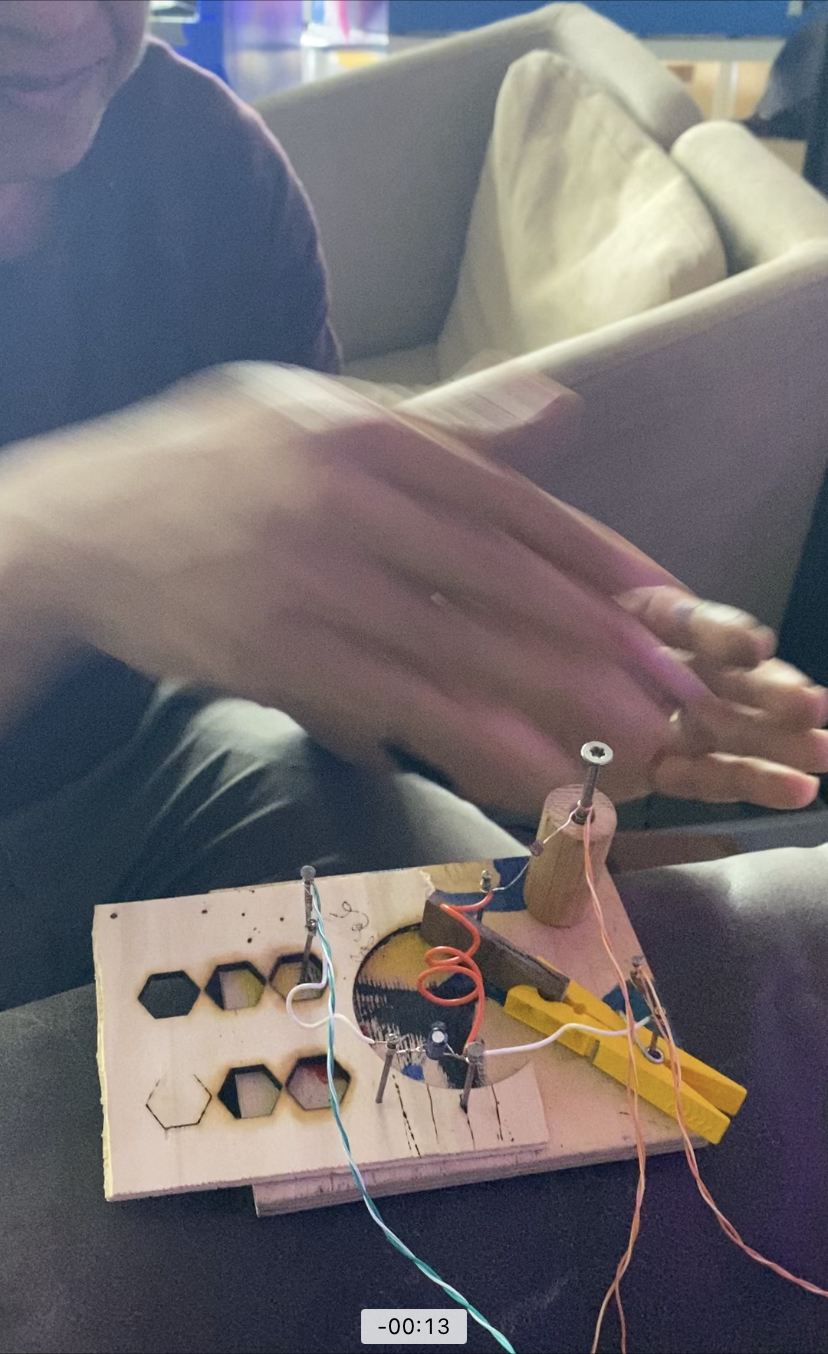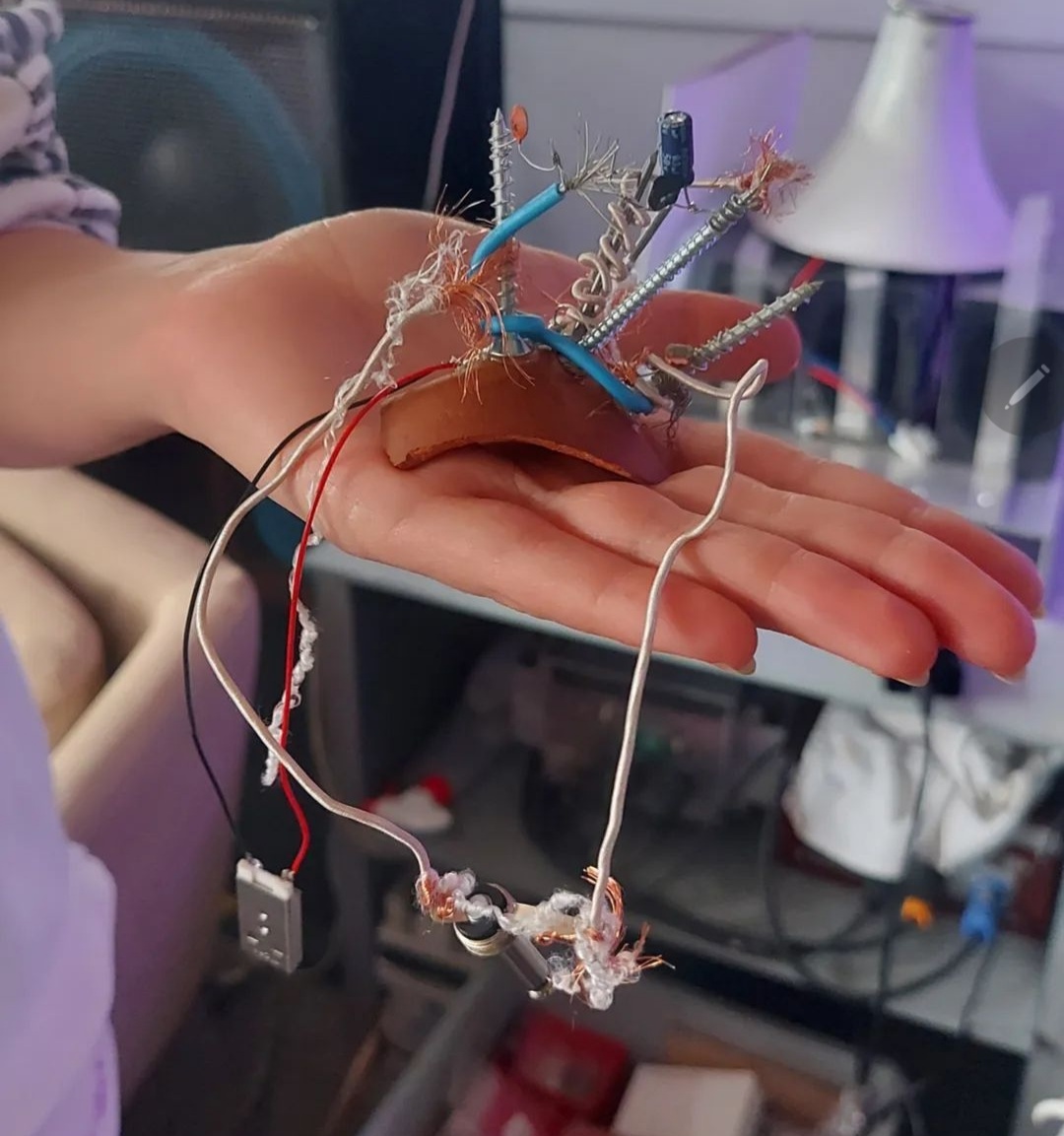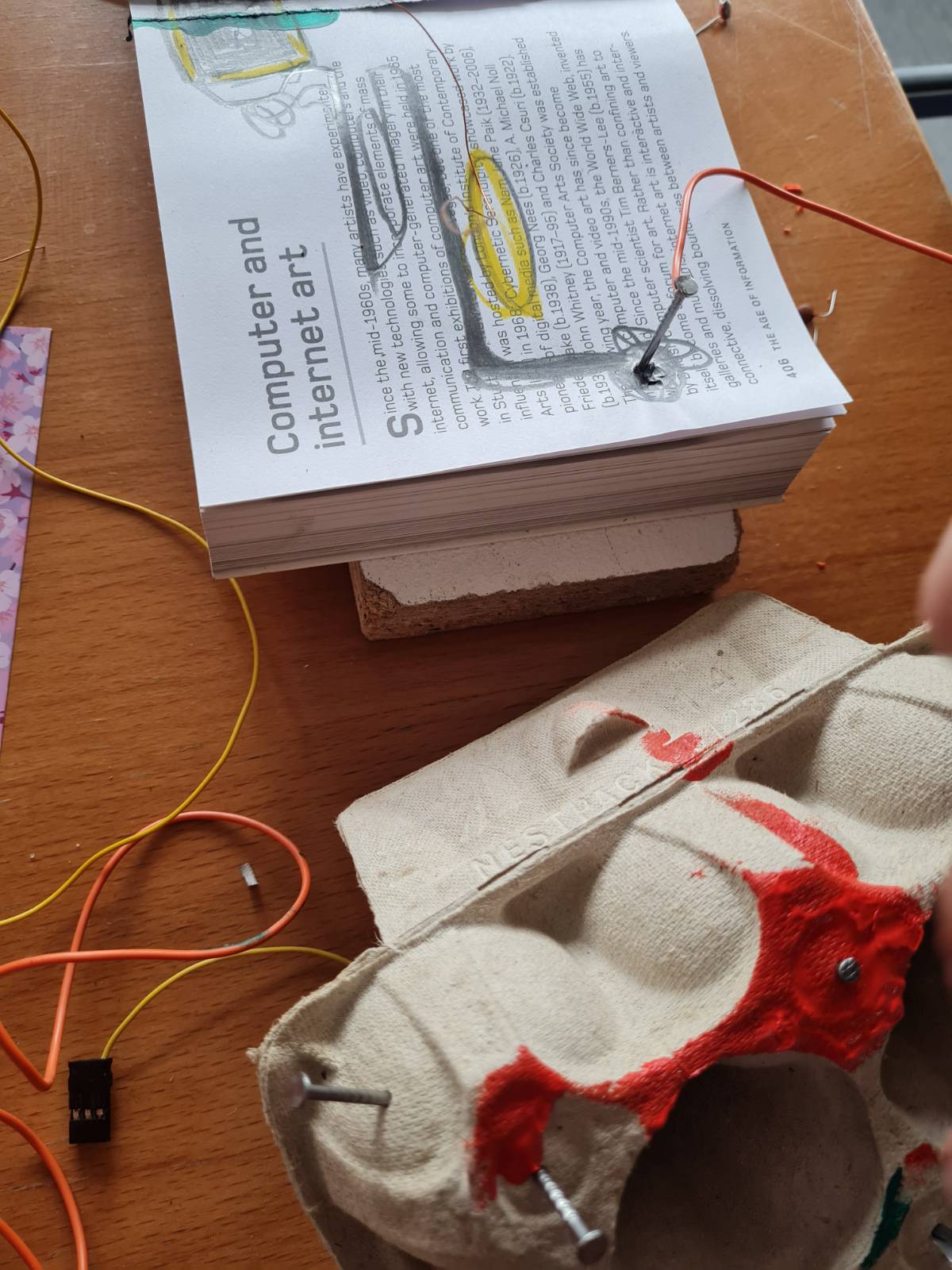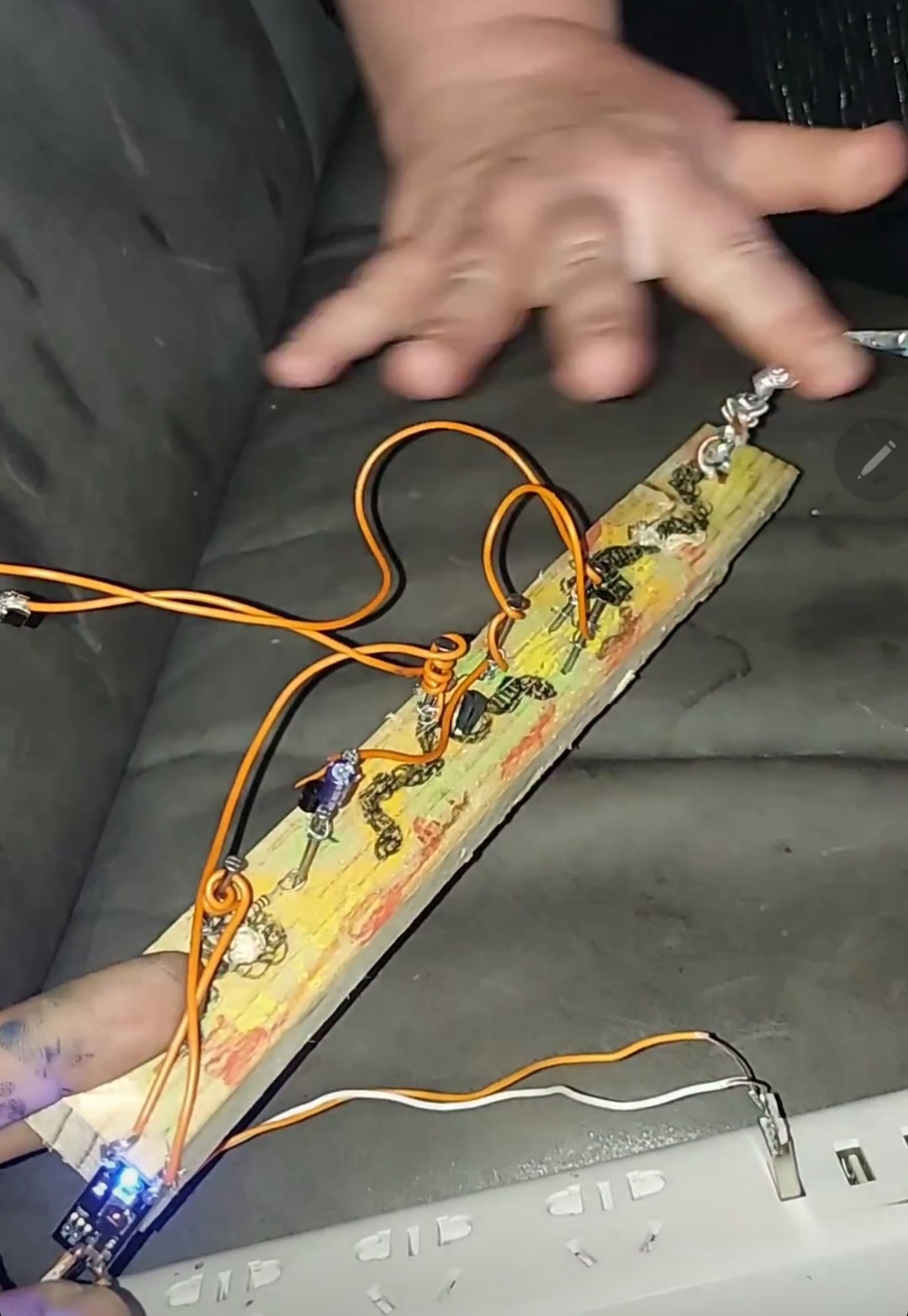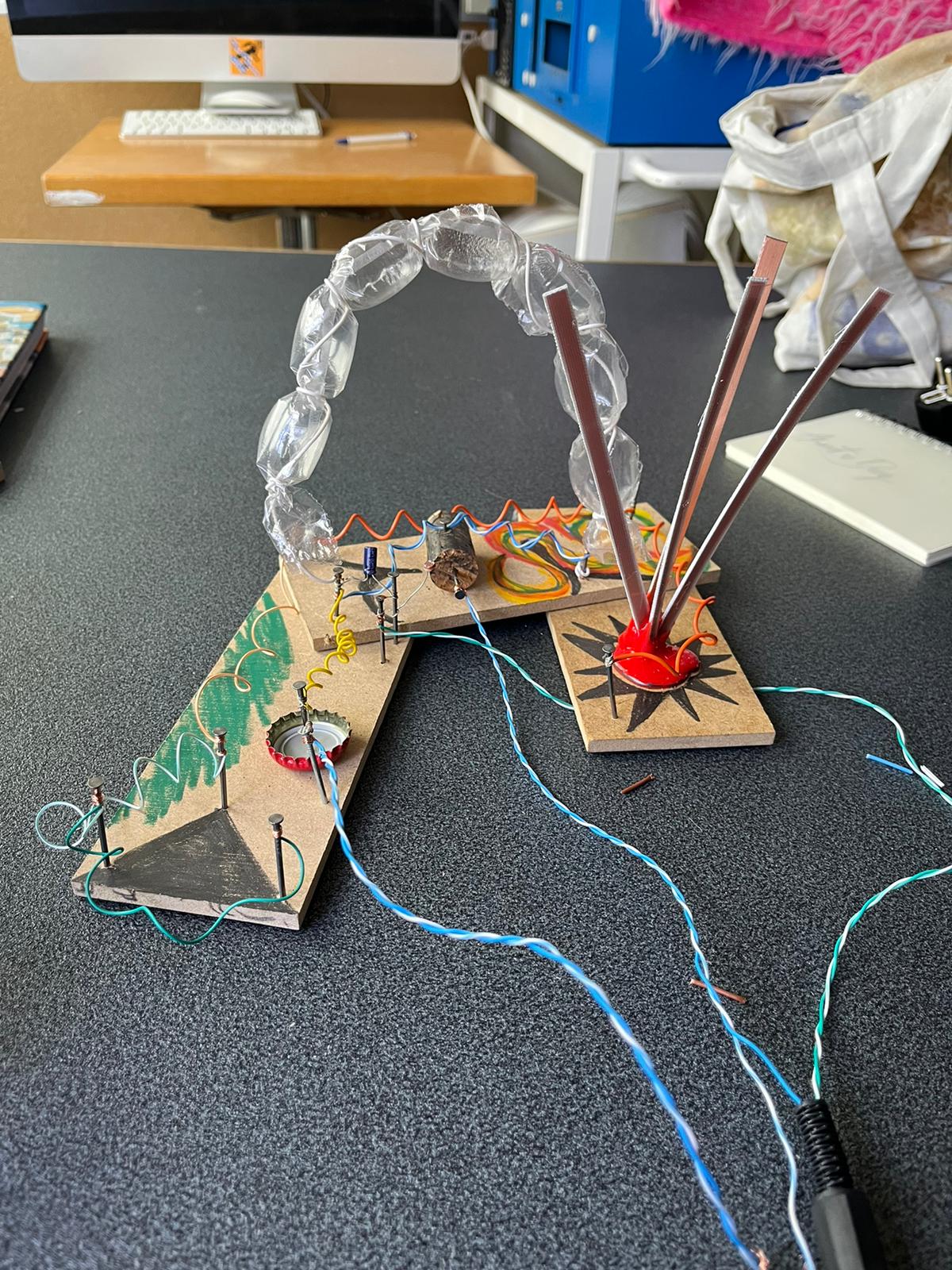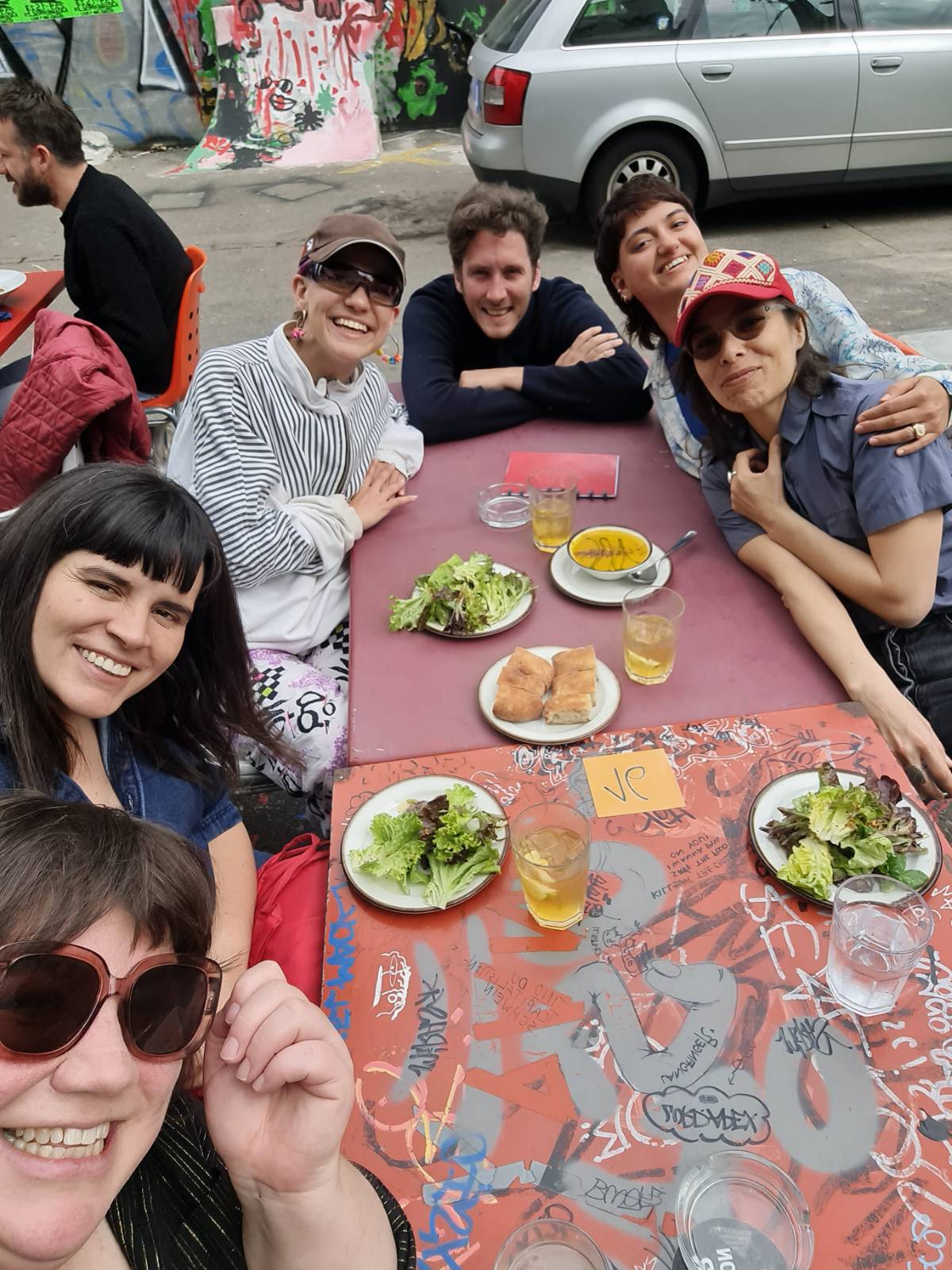Playground for the gentle
How to feel things?
We feel through the senses. When we are sensing, we generate different types of information: tactile, visual, auditory, gustatory, olfactory. We feel the texture of an object, we perceive the qualities of its surface, an image of its contour, an idea of its material, an imagined colour. We compose these sources of information into experience.
One is waken up by the increasing sound of the bird song fading in into our sleeping unconscious. The texture of the sheets enters our awareness via our skin, we are reminded we are in bed. The smell of rain, its drizzle sound. The morning light filters into the eyes. One judges by its quality and intensity, if this is a cloudy morning. Proprioception or kinaesthesia is the sense of self-movement, force and body position.https://en.wikipedia.org/wiki/Proprioception We know we are in bed, we feel our body is in an horizontal position. Our muscular system recalibrates while we feel the need of stretching. Our eyes gain sharper focus.
A sensing experience can transport us to the realm of memory: we feel the present, the past and the future too. Depending on our personal memory, the experience of a rainy morning may bring up hopeful feelings of a pulsing Spring, or the cold sadness of grey days. We feel with the gut and the heart too, we create visceral information. Our nervous system extends through the intricate territories of our biological suit and collects data, which is later translated into different languages and layers of experience.
We feel and sense at the same time. Sensing is organised into a complex experience which we call feeling. A "feeling" could be described as the intensified meta experience of juxtaposed sensing information. We learn and connect with the world through sense and feeling. If one ponders on the question on how to feel things, one may land at a subsequent question: How to know things? How is that we create knowledge about things at all? In much of the world influenced by the western gaze, there is an stablished hierarchy dictating which sensing information is privileged and which is discarded in the process of knowledge creation. We tend to privilege visual and auditory information over tactile and visceral sources. Reconsidering and dismantling these epistemological"Epistemology is the theory of knowledge. It is concerned with the mind's relation to reality. What is it for this relation to be one of knowledge? Do we know things? And if we do, how and when do we know things?"https://www.sheffield.ac.uk/philosophy/research/themes/epistemology#:~:text=Epistemology hierarchical structures demands from us to embody our full senses: to drive focused attention and open gates to the intricate details of the sensing information we are receiving in its fullness, before our judgement discards it.
How can we approach the textural without giving primacy to our Western knowledge-eye? How can we stop "seeing" as both a visual act and a way of knowing, an open ourselves to feeling as an act brimming with knowledge, affect, and social and individual memory? Patricia Alvarez Astacio. Tactile Analytics. Touching as a Collective Act. p. 17
Tactile Analysis - Report
experiment 08.May.2023 Basel, Switzerland
External Circumstances: Room Temperature 17-21 °C Daylight - Afternoon
7 Participants 14 Objects placed under a plastic tablecloth
First Object - using my "fingery eyes"
I grab the first object in reach, the one that's closest to my hands.
Instantly my fingers send the first information.
I notice its size -> it's bigger than my hand.
I notice its shape -> it's round
I notice the material -> it's hard plastic
Then I start feeling, grab it with both hands and run my fingers over the surface, following lines and edges.
It is a round container with a lid and it is open.
The surface is dirty, my fingers feel resistance.
It contains small loose objects -> I feel and hear them move as I move the object in my hands.
It is an industrial made hard plastic container-> I feel the very specific sharp pointy leftovers of the production process
I feel the shape, the corners and edges that allow the lid to open and close and stay closed whenever needed. Very functional details -> designed to serve it's function and the production process. When met with sight this all seems very simple and minimal, but in my tactile encounter the rims and edges feel almost decorative and protruding to my fingertips.
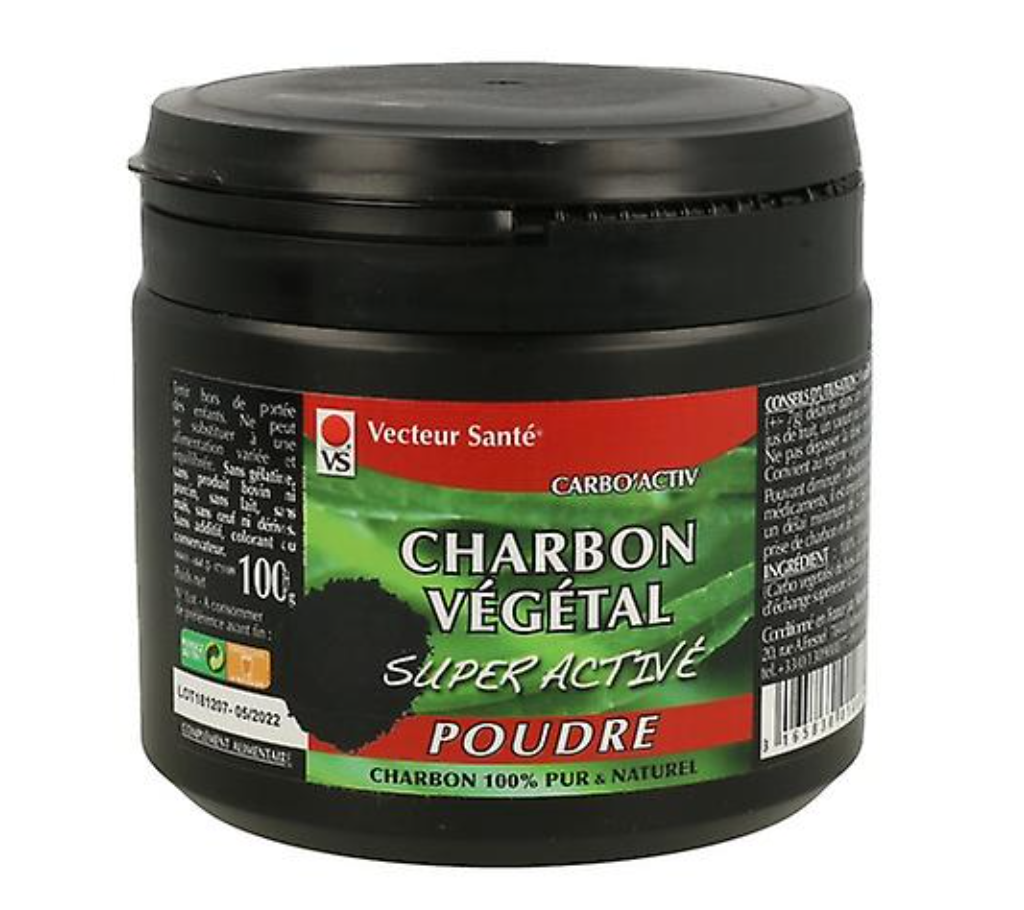
Stay for another dance
It is said that co-habitation is the fact of living or existing at the same time or in the same place. In a more orderly-establishment sense of the word, it is reduced to refer to a personal and even sexual relationship with another human that lives and exists at the same time or in the same place with you. Both definitions feel short, maybe too short, for what the experience of co-habiting entangles and opens.What makes co-habitation possible is –What is it what enables co-habitation? Can we co-habit in different timelines or at multiple places? How do we experience and recognize our co-habitation with other living and dying organisms which are not human?
you want to find out what happens next – this common wish creates the conditions for the situation, one that tells a story you are becoming with.
So the fact of living or existing, assisting and insisting in certain time and place, together and maybe publicly with others, not only human but critters, objects and invisible presences, is the fact that creates the surface to tell a story, an extended mat where you dance. Here your dancing moves keep growing out of the last movement. And these moves –elliptical distracted repetitive sensational – are all inevitable invitations for you to recollect and tell the stories you are moving with. Because your body is moving and feeling and breathing your surroundings, it has the capacity to hold and channel multiple layers of time, an array of places, and numerous material vibrations, to tell your co-habitation stories.
To do so, you can build the story as your house** While writing this text I borrowed some dance moves from Ursula K. LeGuin, a good friend. , or refuge – as literal as it is, because we are talking about our ways of inhabiting and who or what doesn't enjoy a nest. A house or refuge is something to come into from the outside, so maybe you want to have a welcoming entrance, to have an open front door that shows a glimpse of what is inside.
Once in, different and various things can happen, entangled paths, big and small rooms, up and down stairs, windows, garden pockets, an attic, warm corners, death alleys. Your guests might live there for a short or long while, you can choose to show them the view, cook something, have a nap in the hall. Somehow it seems important to have a back door, because you want to know what the back door opens onto, a way out to go, maybe to the house next door, maybe to pick up the dancing in the playground.
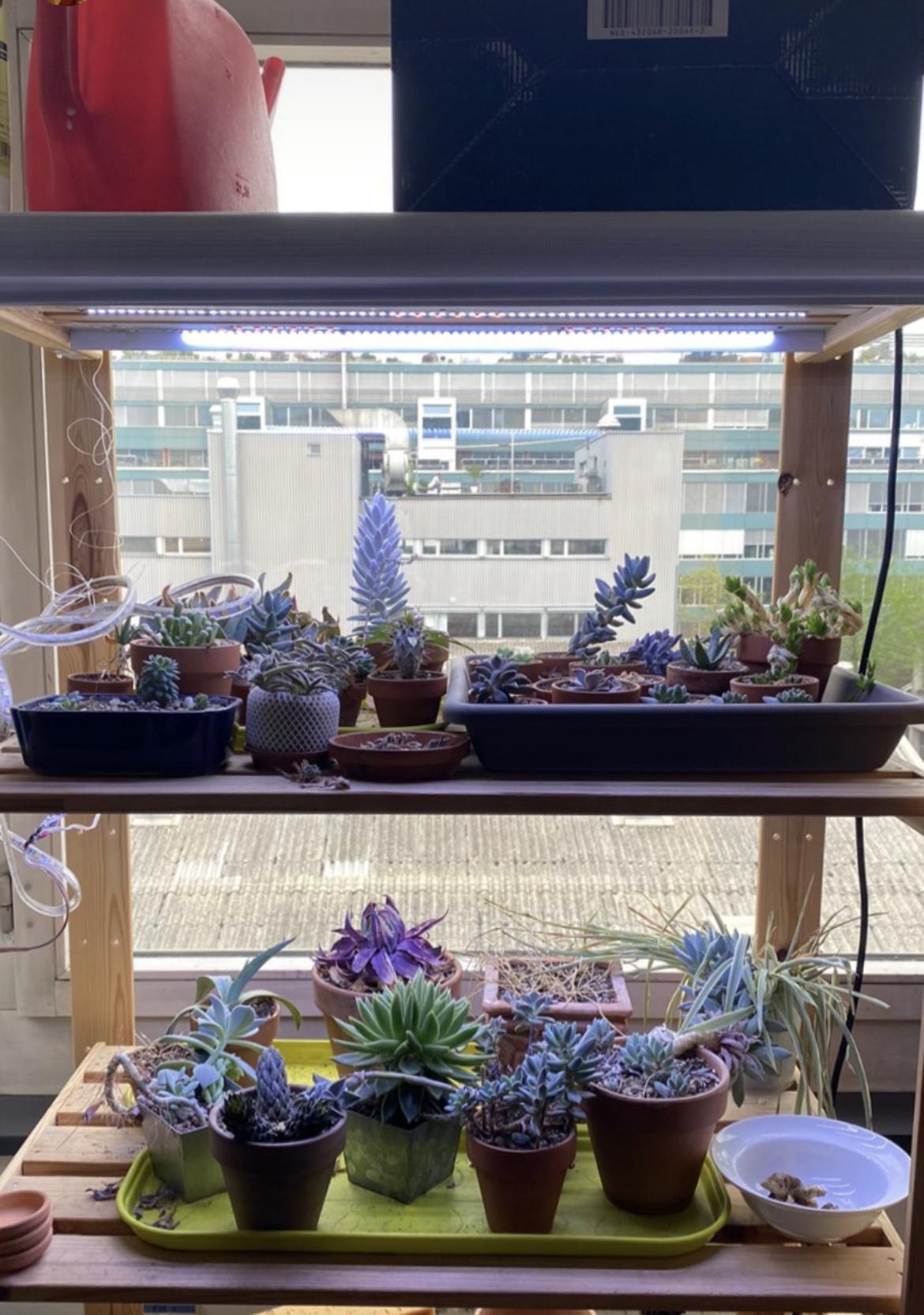
G3n7l3 N01s3
0r1g1n
Noisey craftmanship and colorful additions combined with vibrating hamburgers, mothers and hotdogs invite you to release the gentle noise. You can shape the noise by light and touch, using your fingery-ears.
The gentle noise project is spreading the idea of transforming what is considered waste into gentle noise. It started in Thailand as a part of funeral ceremonies using DIY audio technology. The artisanal approach is carried on in the project. Not only the sound but the means are unique to its creator.
About อาจารย์* Arnont
Arnont Nongyao lives in Chiangmai (TH) - Ho Chi Minh city (VN) and He is an artist interested and fell in love with the vibration of things. He likes listening to everything that inspires him to do experimental sound art. The most important teacher “the master Khvay Loeung "inspired him to listen and “destroy yourself from being yourself”http://www.arnontnongyao.com/about.html
A message from อาจารย์* Arnont:
.-.. .. ... - . -. -.-- --- ..- .-. ... . .-.. ..-.
A message from the synthesizers:
- .... .- -. -.- ... ..-. --- .-. - .... . ..-. ..- -.
- read: Ajahn, meaning Salutation for Teachers in Thai
a little story on generating gentle noise
It's a Tuesday afternoon in the HacketeriaLab in Zurich where 8 12 Volt Amusement Parks are being played. They all come in different shapes and sizes but tell a similar story.
It's a day full of scraps, connections, food and noise inbetween hammering, laughter and sharing concerns and apologies.
After a small removal of its third wire, a Kid gets to take a piggyback ride on its mom's shoulders.
The hopping and bending make them hungry and luckily there are a few options. The mom gets a positively charged hotdog with ketchup, mustard and black sesame seed mayo. Its a special Tuesday so the Kid gets chose what it wants to eat. First it choses to eat a pancake but soon enough realizes he needs more energy for the next ride. He goes with a negatively charged, hand flipped hamburger.
After a little rest they take the famous Jack Speaker Rollercoaster. The Sun comes out from behind the Clouds as it provides for positive vibrations and you hear children screaming as they're thrown up and down.
